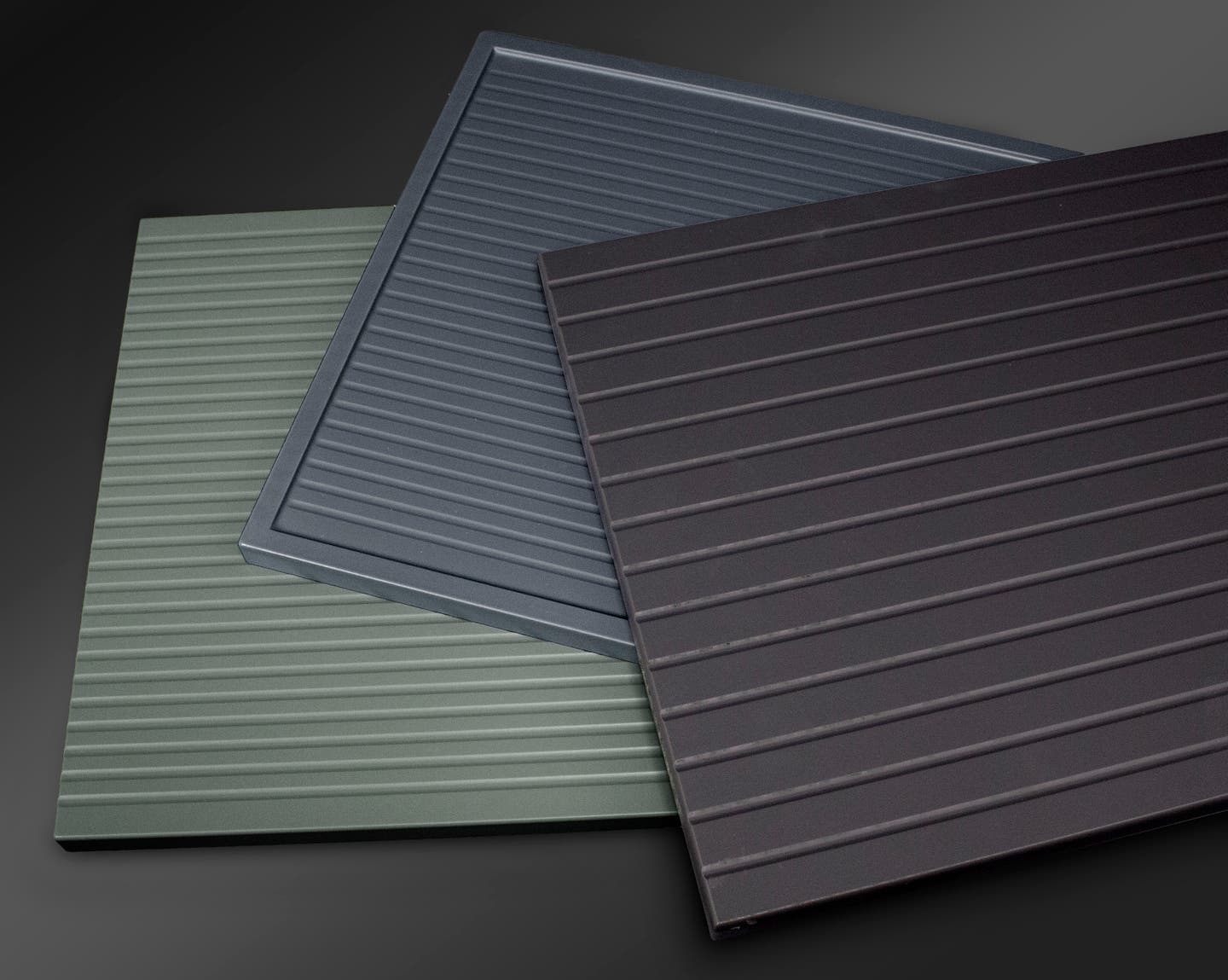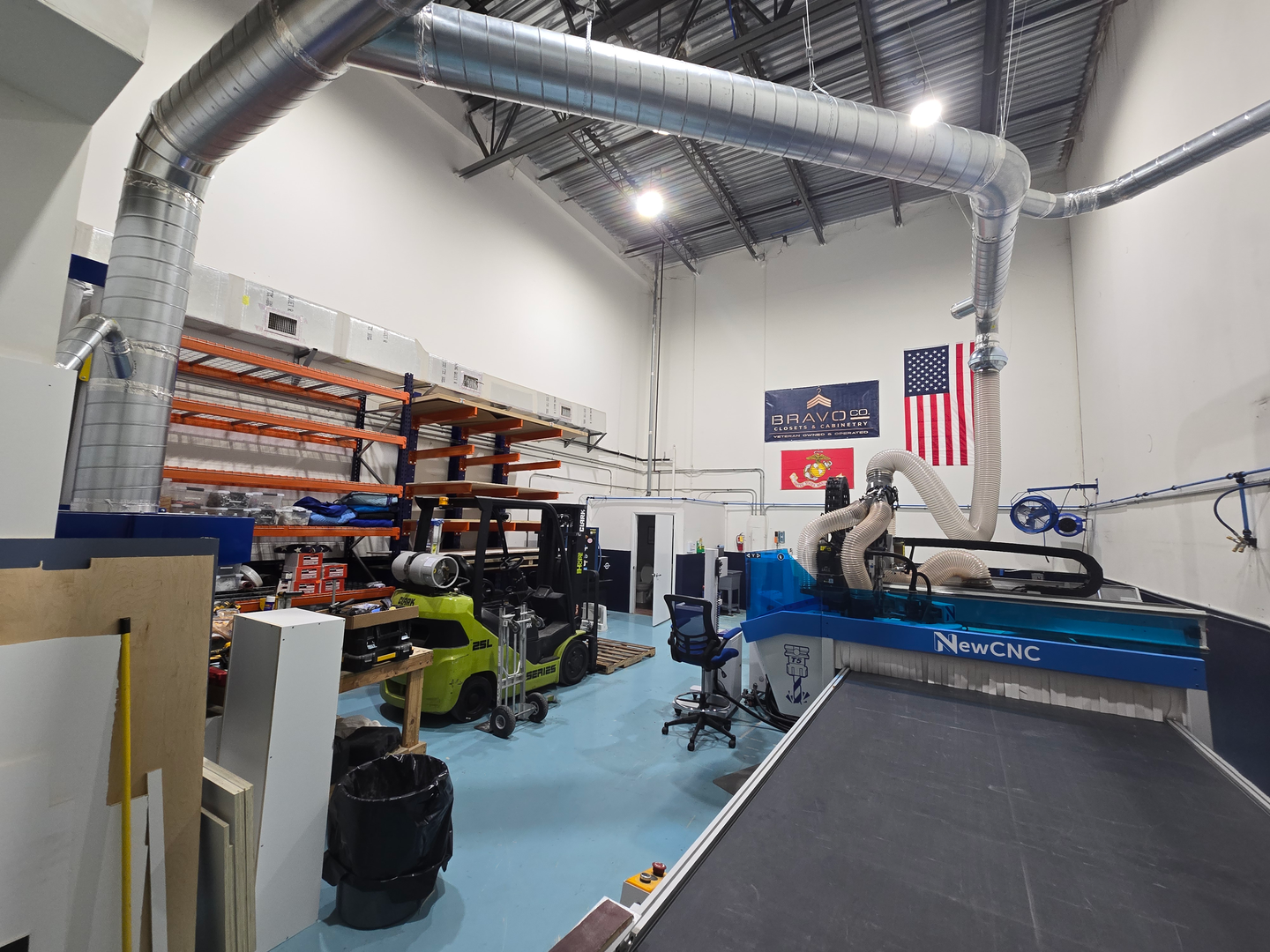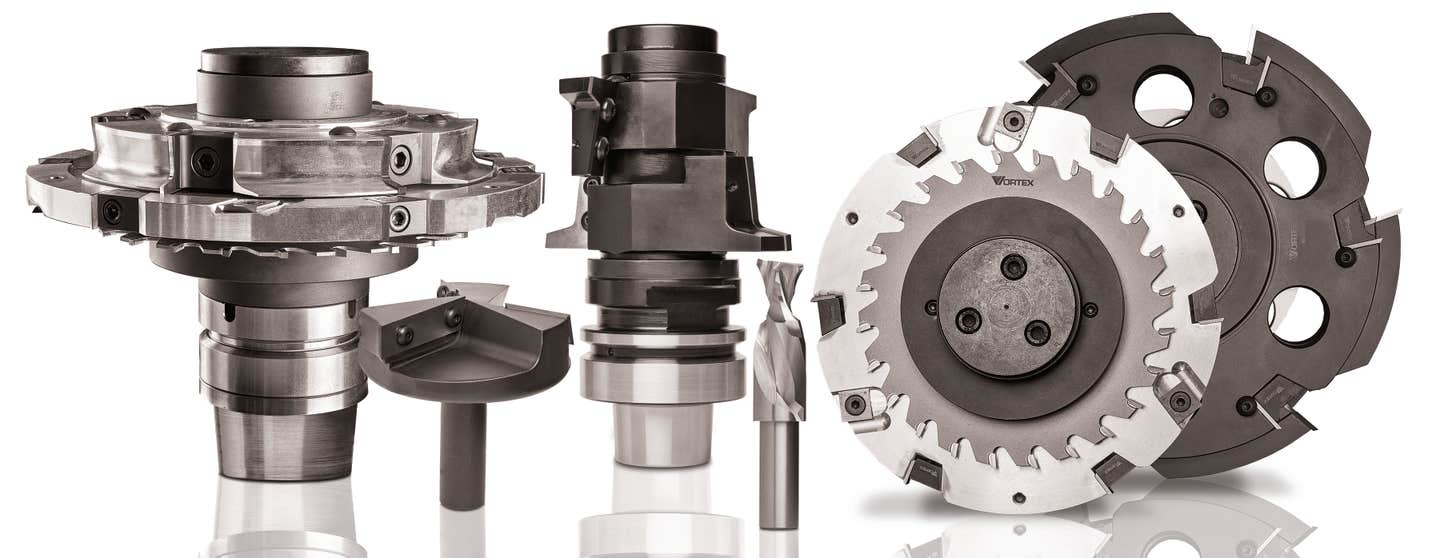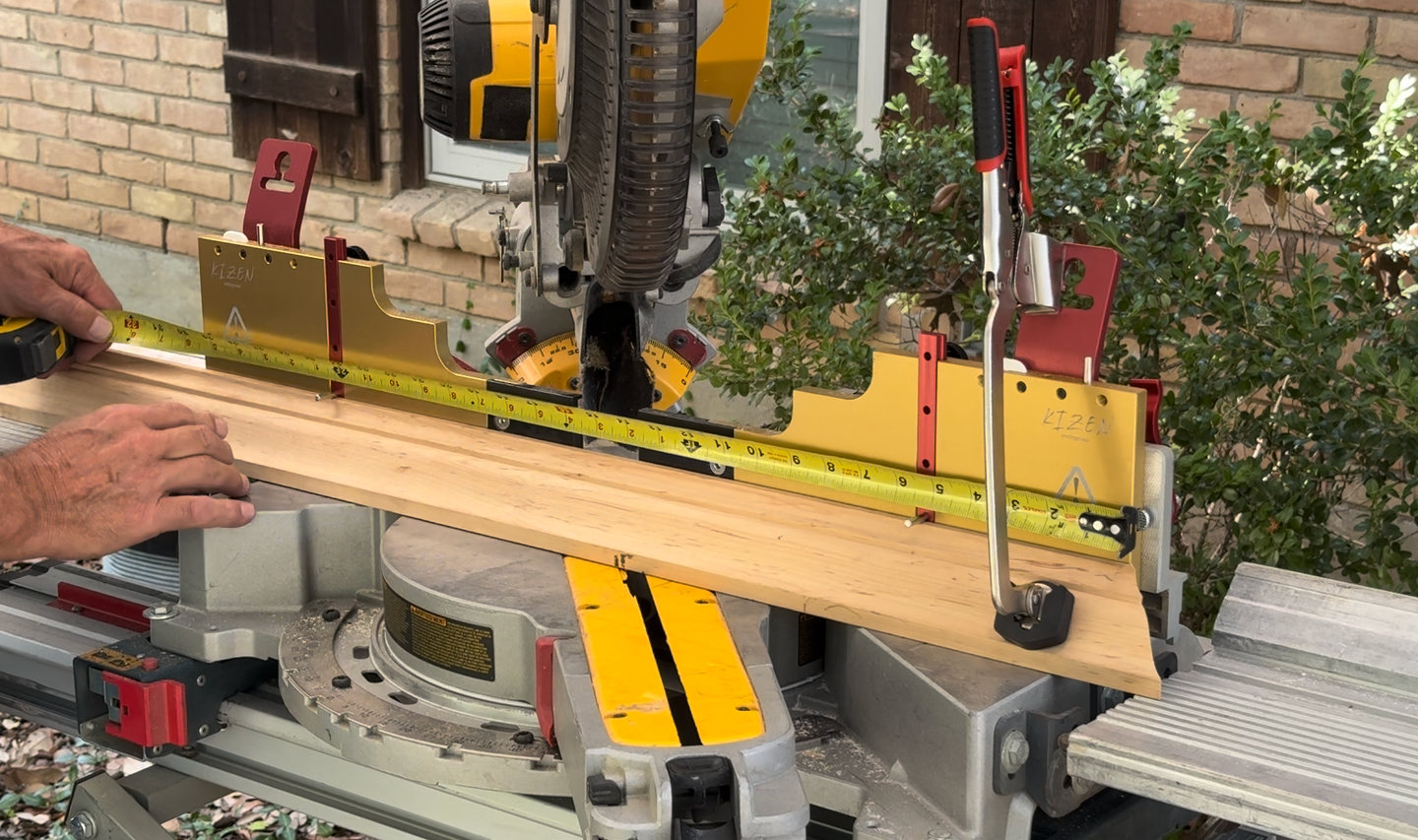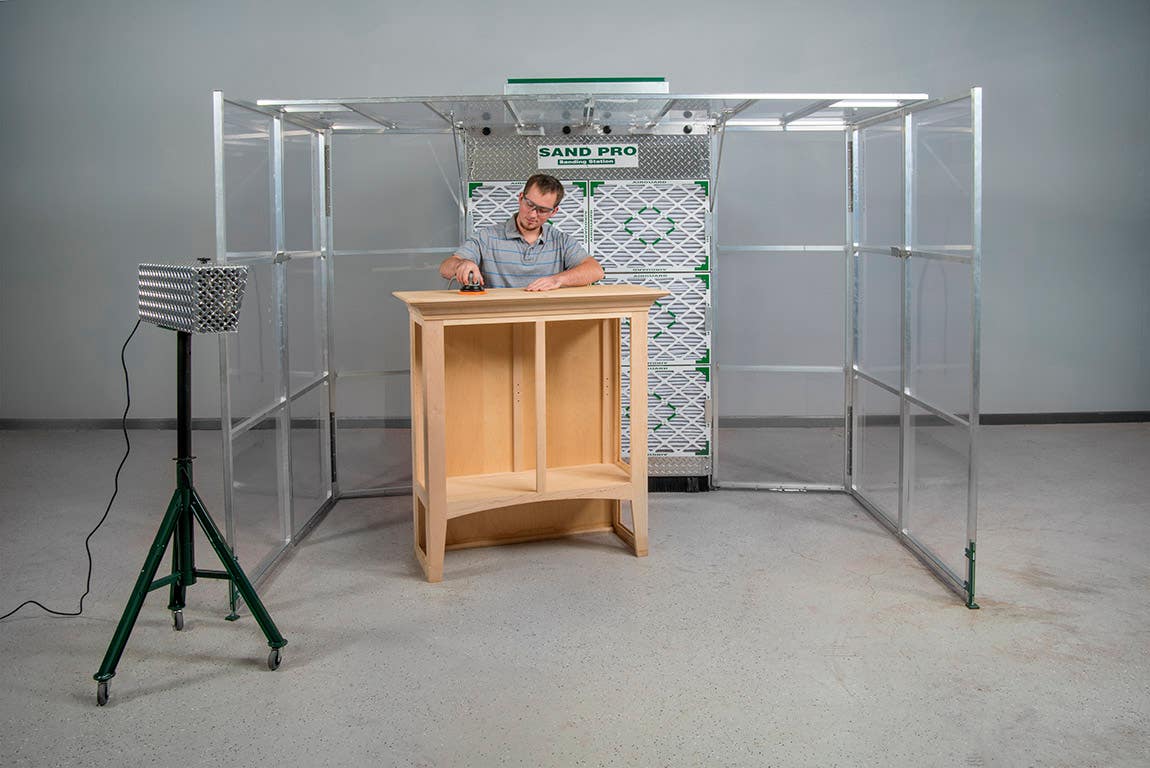Safety Practices That Will Help Prevent Fires in Your Woodshop
It’s no secret that woodshops have the potential to be hotspots for fires. It isn’t just those piles of wood dust that are hazardous. Finishing techniques – particularly the use…
It’s no secret that woodshops have the potential to be hotspots for fires. It isn’t just those piles of wood dust that are hazardous. Finishing techniques – particularly the use of spray finishes — pose their own risks. Adopting safety practices to address those risks is an ongoing process, so let’s review some recommendations.
Traditional spray paints and varnishes as well as some glues used to finish cabinets, furniture and other wood products are a common source of fires in woodshops. Flammable vapors produced by these products (not the liquids themselves) cause fires. When moving containers of chemicals and finish around the shop, simple static electricity can spark a fire. Space heaters and frayed extension cords in the work area, as well as improperly configured wiring, can also lead to fires. Spray booths can become built up with residue.
It may seem difficult to predict every contingency, but that isn’t necessary in order to adopt routine safety practices that help prevent fires and explosions. The following is what is recommended by Michael Culbreth, loss control representative, and Jay Phillips, business development representative for Pennsylvania Lumbermens Mutual Insurance Company:
Switch to non-flammable products. Traditional spray finishes are often flammable, but manufacturers have developed non-flammable alternatives. Making this significant change is not simple, but it can significantly reduce the overall fire exposures in a shop.
Use noncombustible spray booths or rooms. Businesses may have run for decades without a spray booth, but catastrophic fire-related losses have shown that this is a risk the industry can no longer take. Spray booths should be outfitted with exhaust ventilation and explosion-proof wiring and fixtures, and the booths should be maintained and cleaned regularly. Commercially manufactured, as opposed to homemade booths usually meet these specs.
Properly store and transfer flammable liquids. When transferring liquids, use grounding wires to help prevent static electricity ignition. Workers should limit the quantity of flammables transferred to the work area to about a one-day supply. These products should be stored at the end of the day in a fire-proof metal storage cabinet or flammable storage room.
Electrical and heaters. In areas such as spray booths that tend to house hazardous products, ordinary wiring and space heaters can be an ignition source. That’s why these areas should include properly configured and rated electrical systems. Space heaters are also not recommended in the vicinity of flammable liquids.
Install an automatic fire extinguishing system. If the building has a sprinkler system, this can be extended to cover the inside of the spray booth. Alternately, a dry chemical system can be installed in the spray booth area. Extinguishing nozzles and spray heads should be in the main area of the booth, behind booth filters and in the exhaust duct. Each sprinkler head should be covered by a small plastic or paper bag to protect against overspray.
Dispose of rags properly. Oily rags soaked in flammable chemicals are a relatively frequent source of fires. In fact, they can spontaneously combust. Shops should have UL-approved, metal rag disposal cans with a self-closing lid, which are emptied outside every day.
Keep a clean shop, because a clean shop is a safer shop. Daily housekeeping tasks like cleaning wood dust, disposing of scraps and cleaning up machines remove fuel for potential fires.
The National Fire Protection Association (NFPA) provides more detailed and/or specific guidelines that are a national consensus, and a highly respected reference for the industry. What’s important is a willingness on the part of woodshop managers and supervisors to adopt and reinforce fire safety practices, building a culture of safety. PLM can be your partner in building that culture, with loss control site visits and information, backed by professionals with expertise in the wood niche.
Pennsylvania Lumbermens Mutual Insurance Company
Web: www.plmins.com and www.plmins.com/additional-resources/
Email: custserv@plmins.com
Phone: 800-752-1895


